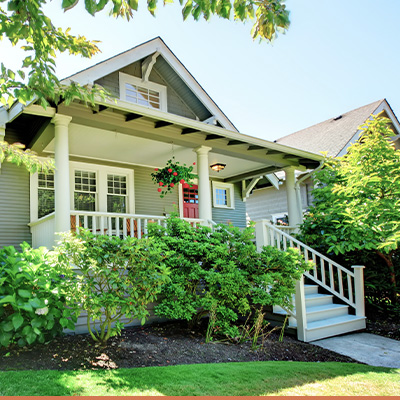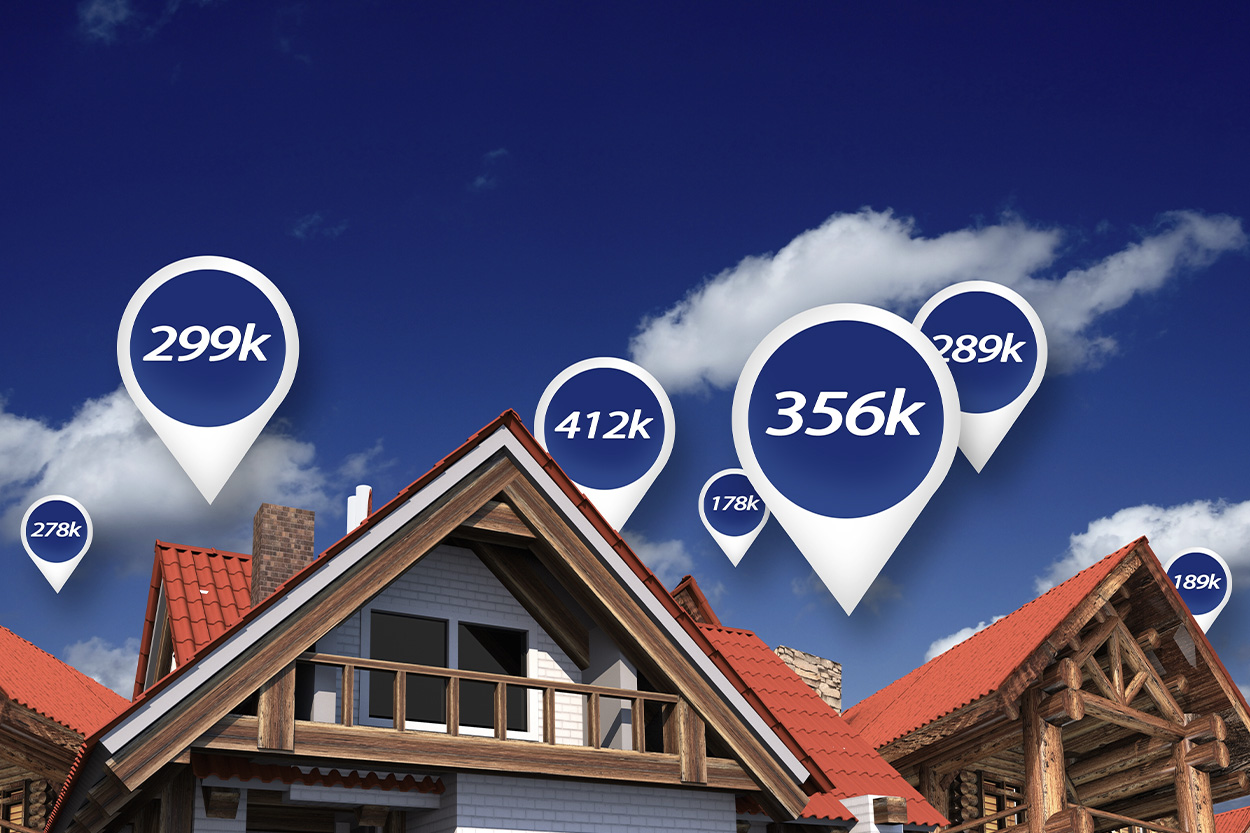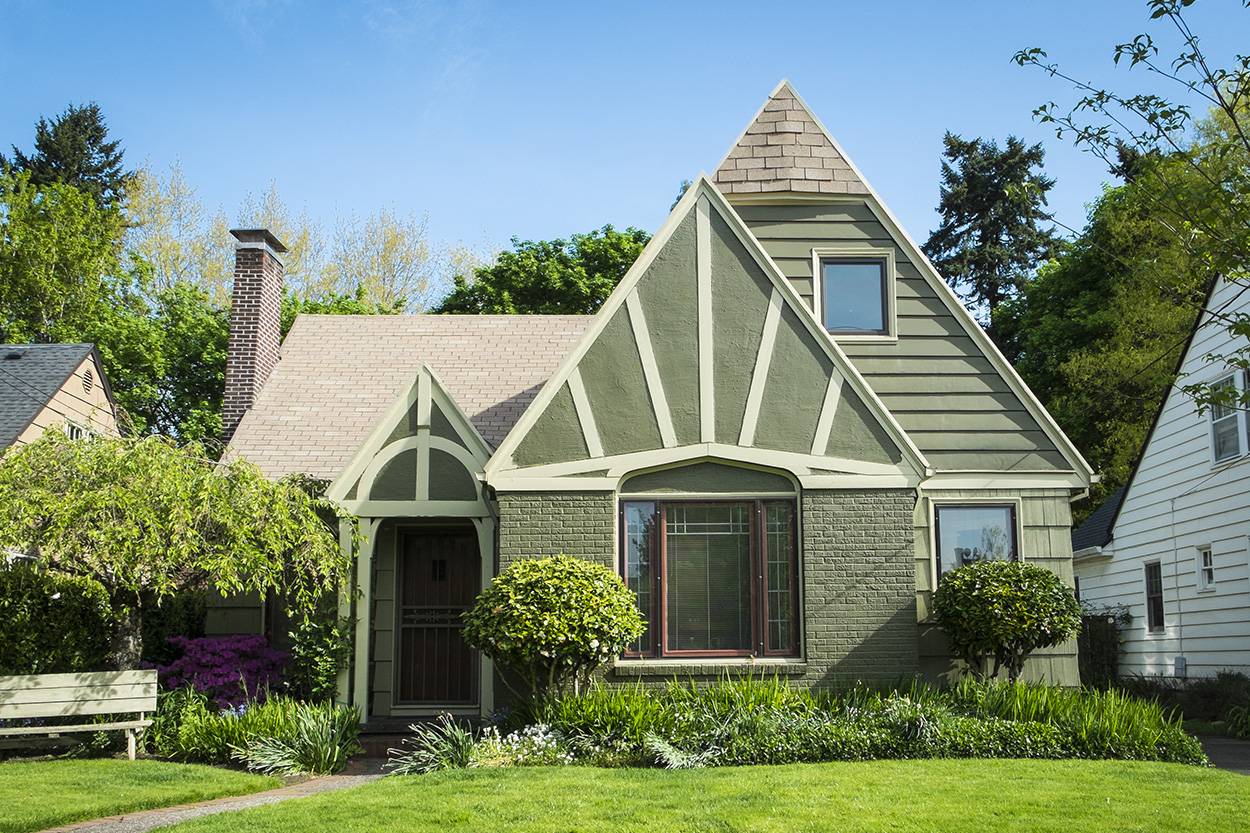How Single Parents Can Buy a Home

Key takeaways:
- Special programs help you pay a lower interest rate and a lower monthly mortgage payment.
- Grants help you spend less out of pocket toward the down payment and closing costs.
- Special savings programs match your contributions dollar for dollar to help you get access to homeownership faster.
Single parents struggle with various challenges when purchasing a new home, including the fact that they’re qualifying for a home loan with one income instead of two. At the same time, they are managing the ongoing expenses of raising a family. The average cost to raise a child from birth to age 17 in the United States is estimated at $233,610.
As a result, saving for the necessary down payment, paying down debt, and keeping credit in good condition are a challenge. Fortunately, state, local and federal programs help minimize these burdens and make homeownership achievable for single parents.
Single parent first time home buyer: Local and state programs
You might be wondering, “What if I’m a first time home buyer without parent co-signer?” The good news is that you may not need a co-signer. Most state housing and finance authorities offer special mortgage programs for first-time homebuyers and low-to-moderate-income families. These programs are designed to help you get into a home faster.
The best way to find these programs is to get in touch with your state’s housing and financing authority and ask about homeownership programs. Every program will have different requirements, but potential ones include:
- Income restrictions. Most programs have income restrictions that apply to these special programs. Restrictions are based on the size of your household and the median income in your specific area.
- Home purchase price. There may be rules about the maximum purchase price for a home in your area. Housing price caps may be higher in metropolitan areas than in rural locations.
- Credit score requirements. Many programs have a minimum credit score requirement of around 660. If you have a lower credit score, there are still programs available, such as the Federal Housing Administration programs.
The benefit of local and state programs is that they typically offer lower interest rates than mainstream programs. Down payment requirements are often as low as 3%.
However, keep in mind that if you put less than 20% down on a home mortgage, you will likely need to pay private mortgage insurance. PMI is designed to protect lenders against financial loss if a borrower stops paying on their mortgage. The cost is up to 1% of your mortgage amount. For example, a single mother first time home buyer might purchase a $200,000 home. In this case, you may pay $2,000 a year, or around $166 a month in private mortgage insurance. You can request a lender to drop PMI from your mortgage once you have at least 20% equity in the home.
Down payment assistance and grants

Down payment assistance and grants are designed to help you overcome the burden of saving for a down payment. Most of these programs are available through your state’s housing and financing authority. Program guidelines vary by state, but examples of potential guidelines include the following:
- You may need to be a first-time homebuyer
- Income criteria typically apply. For example, you may need to have low to moderate income.
- The home typically must be used as your primary residence. For example, you can’t decide to rent the home or use it as an investment property.
- The home may need to be located in a targeted area.
Down payment assistance programs are offered in a variety of formats, including the following:
Grants. Grants don’t have a repayment requirement. For example, a program may offer a grant of up to 3% of the purchase price of your home. In this example, a single mom first time home buyer may receive $6,000 for a home purchase of $200,000. Grant programs may allow you to use the funding toward closing costs. These costs range from 2% to 5% of your home loan and cover expenses associated with the loan, such as home appraisals and credit checks.
Loans that require repayment. This type of program provides a second mortgage on your home to fund the down payment. Spreading down payment expenses out over the life of the loan allows you to get into a house faster.
Loans with deferred payments. A deferred second mortgage may be offered to help you pay the down payment. Interest rates are typically as low as 0%, and you don’t need to repay the loan until you refinance or sell the home.
Loans that are forgivable. Forgivable loans require no repayment as long as you meet the program conditions. For example, some programs allow the loan to be forgiven after five years. However, if you sell or refinance the loan before that time, you may have to pay back the loan in full.
FHA loan programs
An FHA loan is insured by the FHA and gives you access to a mortgage program with a low down payment requirement and lenient credit score rules. This program is popular with borrowers who have a small down payment saved or have credit challenges.
- Down payment funds. You can purchase a home with as little as a 3.5% down payment requirement. If you have a credit score below 580, you may be required to make a down payment of up to 10%.
- Debt-to-income ratio. The FHA loan requires a DTI ratio less than 50%. You can calculate your DTI ratio by dividing total debt, such as car payments, credit card payments, student loan debt, any other debt, and the new mortgage by your gross income. Gross income is the money you earn before taxes. For example, if your total debt is $1,800 and your gross income is $3,600, you get a DTI ratio of 50%.
- Loan limits. FHA loan limits range from $331,000 to $765,000 depending on the borrowers’ geographical location.
- Requires private mortgage insurance. An FHA mortgage requires an upfront fee of 1.75% of the loan amount. You can pay that amount upfront, or you can roll the amount into your monthly mortgage payment. A monthly premium is also required, ranging from 0.45% to 1.05% depending on the size of your down payment, the loan amount, and the term of the loan.
First-time home buyer programs

Are you a first-time homebuyer? If so, you can get access to federal programs in addition to the state programs in your areas. A few available programs that are popular with first-time homebuyers include:
- United States Department of Agriculture loan. This program offers 100% financing on qualifying rural properties.
- Fannie Mae and Freddie Mac programs. These are conventional loans and offer down payments as low as 3%.
- Good Neighbor Next Door program. This is a program for first responders and educators. The program offers up to 50% discounts on the list price of homes located in specific areas. However, you must commit to living in the property for at least 36 months.
- Dollar Homes. This program is offered on homes that went into foreclosure and are for sale by the federal government. These reduced-price homes, which have been acquired by the FHA through foreclosure, are offered through the Department of Housing and Urban Development.
If you’re a first-time homebuyer, a good place to start is with your lender. Talk with your lender about your circumstances, including how much down payment you’ve saved, your credit score, and other personalized factors to determine which program is best for your situation.
Individual development accounts
If you need help saving for a down payment, consider an individual development account. This account provides matching funds to low-income participants to promote savings that can be used for a variety of purchases, including purchasing a home. Requirements for these programs vary by state, but examples of potential requirements include the following:
- Income must be a specific percent of the federal poverty level. For example, in the state of California, your annual income must be 200% of the federal poverty level ($25,520 for an individual and $34,480 for a couple) or less.
- Must have earned income from employment.
- May need to attend a financial training course, covering topics such as money management, reducing debt, developing a savings plan, and more.
The funds from IDAs come from a variety of places, such as government agencies, private companies, and nonprofits. IDAs are typically offered through programs that are partnerships between nonprofits and financial institutions. The local nonprofit is typically the IDA program sponsor. You can see local sponsors in your area here.
Moving into the future
As a single parent, you face challenges that other borrowers don’t face when purchasing a new home. However, there are programs that help you overcome some of the largest challenges, including saving for the down payment and qualifying with a lower credit score, to help get you on the path to homeownership faster.






